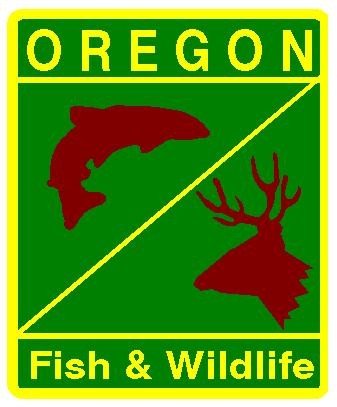ASTORIA, Ore – Razor clamming is now open from the south jetty of the Siuslaw River to Cape Blanco, the Oregon Department of Agriculture and ODFW announced today. Recent shellfish samples indicate levels of domoic acid (a marine biotoxin) are below the limit for two consecutive weeks.
This means razor clamming is now continuously open from Seal Rock State Park to the California border.
Razor clamming remains closed from the Washington border to Seal Rock for elevated domoic acid levels. Clatsop County beaches remain closed for conservation through Sept. 30 and pending toxin testing results at that time.
The daily razor clam limit is the first 15 clams dug, regardless of size or condition. Each digger must have their own container, dig their own clams, and can only have one limit in possession while in the clam digging area (see exception under an Oregon Disabilities Hunting and Fishing Permit.)
Crab, mussel, and bay clam harvesting remains open along the entire Oregon coast. Clam diggers can check tides online and go to ODFW’s clamming page for more information on razor clamming.
Domoic acid is produced by algae and originates in the ocean. ODA will continue testing for shellfish toxins at least twice per month, as tides and weather permit. Reopening an area closed for biotoxins requires two consecutive tests with results below the closure limit.
For more information call ODA’s shellfish biotoxin hotline at (800) 448-2474, the ODA Food Safety Program at (503) 986-4720, or visit the ODA Recreational Shellfish Biotoxin Closures Webpage.
Contact ODFW for recreational license requirements, permits, rules, and limits.









